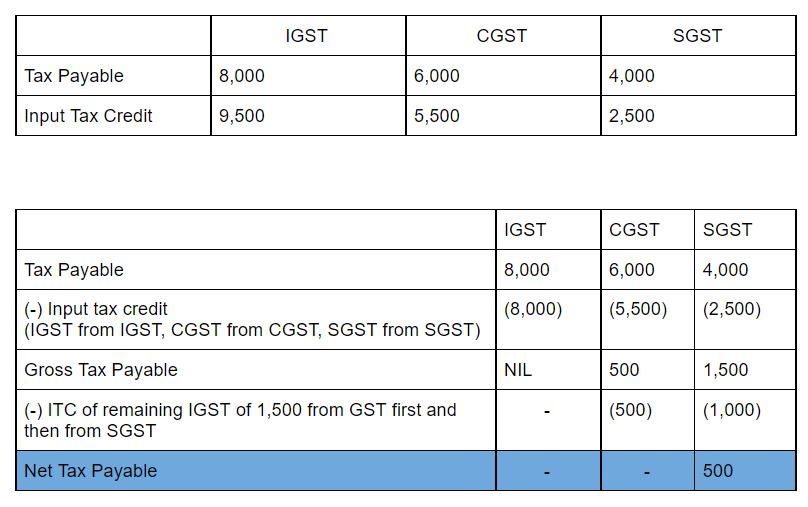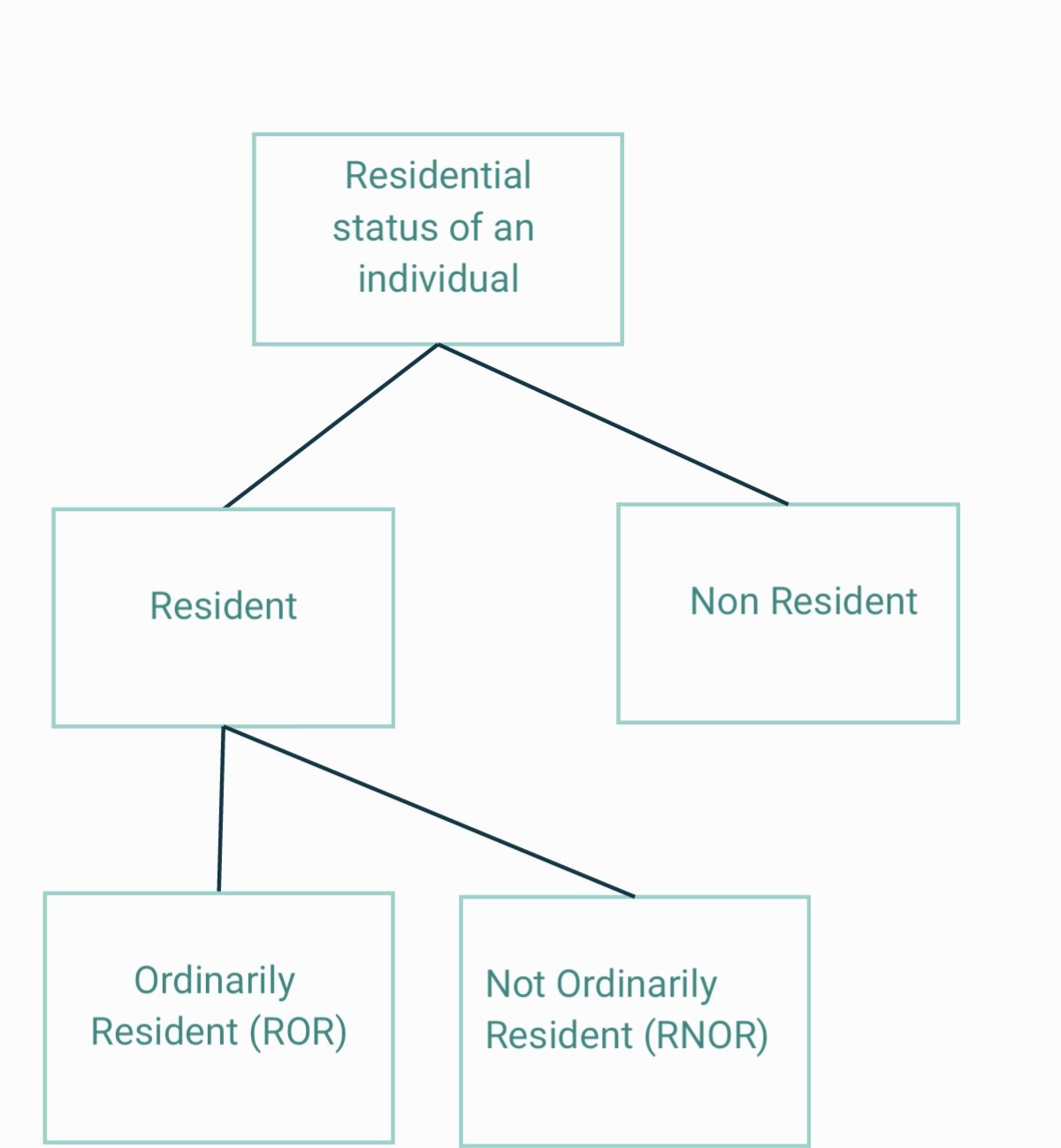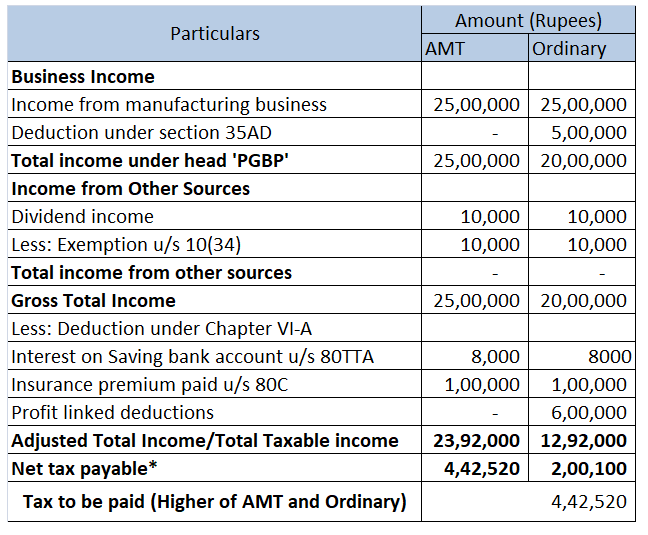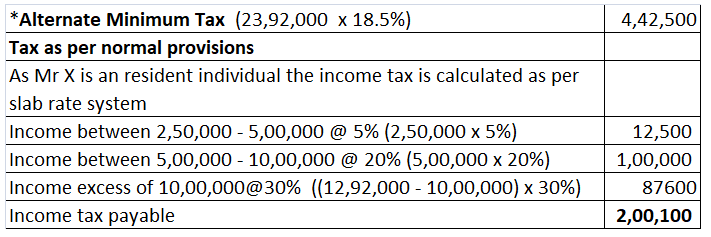Introduction Like, in the case of excise duty, the taxable event is the manufacture of goods, supply is a taxable event with respect to the Goods and Services Tax regime in India. A taxable event is an event on occurrence of which tax is charged. Excise duty is charged when any specified good is manRead more
Introduction
Like, in the case of excise duty, the taxable event is the manufacture of goods, supply is a taxable event with respect to the Goods and Services Tax regime in India. A taxable event is an event on occurrence of which tax is charged.
Excise duty is charged when any specified good is manufactured, GST is charged when any good or service is supplied.
Definition of Supply
The concept of supply is of great significance to the GST architecture. It can be called the ‘bones to the body of GST’.
Section 7 of the CGST defines ‘supply’.
At first, I have provided the whole Section 7 which consists of four sub-sections:
- 7(1)
- 7(1A)
- 7(2)
- 7(3).
Thereafter will be the explanation of each sub-section in simple language.
Section 7
Section 7(1) of the CGST Act, 2017 defines ‘supply’. As per section 7(1) of the CGST Act, 2017, the supply includes:
- All forms of supply of goods and services or both such as sale, transfer, barter, exchange, license, rental, lease or disposal made for a consideration by a person in the course or furtherance of business
- Importation of service, for a consideration whether or not in the course or furtherance of business and
- The activities specified in Schedule I, made or agreed to be made with or without consideration.
Section 7(1A) states, ‘where certain activities or transaction constitute as supply in accordance of with the provisions of sub-section (1), they shall be treated either as a supply of good or supply of services as referred to Schedule II.
Section 7(2) states, ‘notwithstanding with anything contained in sub-section (1).
- Activities and transactions stated specified in Schedule III or
- Such activities and transactions undertaken by the Central government, state government or local authority in which they are engaged as public authorities, as may be notified by the government on the recommendation of the Council
shall not be treated neither as a supply of goods nor a supply of services.
Section 7(3) states ‘subject to sub-section (1), (1A) and (2), the government may, on the recommendation of the council specify, by the notification, the transaction that is treated as :
- a supply of goods and not as a supply of services
- a supply of services and not as a supply of goods.
Explanation of Section 7 in simple terms.
Section 7(1) (a) sets three parameters of an activity or transaction to be a supply.
- Supply should be only of goods and services. Supply of anything other than goods or services like money, securities do not attract GST.
- Supply should be made for a consideration
- Supply should be made in the course or furtherance of business
Any activity or transaction will be treated as a supply if the above parameters are fulfilled as per sub-section (1) clause (a).
Section 7(1)(b) is actually an exception to the 3rd parameter of supply. Import of service for a consideration will be considered a supply even if it is not made in furtherance of business,
Section 7(1)(c) states that item in the schedule I will be treated as supply whether there is consideration or not. This is an exception to the 2nd parameter.
Section 7(1A) states any activity which is a supply as per sub-section (1), shall be classified either as a supply of goods or as a supply of service as per schedule II. There are many activities and transactions which have the characteristics of both goods and services.
For example, dining in a restaurant. Schedule II helps to eliminate this confusion and helps to classify such activities or transactions as either supply of goods or supply of services. As per Schedule II, dining or take-away from a restaurant is a supply of service.
Section 7(2) states the activities which are neither supply of goods nor neither of services even if they fulfilled the condition of the sub-section (1).
Section 7(3) says that the central government have the power to notify transactions that are to be treated as supply of goods nor as a supply of service or supply of services not as a supply of services
See less





Introduction Income tax means the tax charged on the income of a person which the person has earned during a financial year. As per the Income-tax act, 1961, the income tax on income earned during a financial year is assessed in the following financial year and tax is to be paid on the assessed incoRead more
Introduction
Income tax means the tax charged on the income of a person which the person has earned during a financial year. As per the Income-tax act, 1961, the income tax on income earned during a financial year is assessed in the following financial year and tax is to be paid on the assessed income if payable.
The year in which the income is earned is called the Previous Year and the following year in which the previous year’s income is assessed is known as the Assessment Year
Steps involved in the computation of Income-tax of a person:
Determination of residential status of the person
The residential status of a person is of great significance for ascertaining the taxability of a person’s income as per the Income-tax act, 1961. As per the act, a person can fall into one of the following criteria:-
Classification and computation of income under the five heads of income
Now, a person’s income can be from various sources. As per section 14 of the Income-tax act, there are five main heads of income for computation of income tax:
Income under each head is to be computed as per provisions of the Income-tax Act, 1961.
Clubbing of income of spouse, minor child etc
Some individual taxpayers divert some portion of their income to their spouses and minor child in order to reduce their tax liability as the slab rate of income tax for individuals is progressive.
Such diverted income is to be clubbed with the income of the assessee as per the provisions of the Income-tax act.
Set-off and carry forward of losses
Losses suffered under the heads of the income like ‘Profit and Gains from Business and Profession’, ‘Income from House property’ can be set off against the income earned under other heads as per provision of the act.
If set off is not possible in the current assessment year then the loss can be carried forward to the next assessment year.
Computation of Gross Total Income
Gross Total Income is arrived at by computing the total of income under all five heads of income after giving necessary deductions as applicable under each head of income.
Deductions from Gross Total Income to arrive at Total Income
Income tax act, 1961 allows specific deduction from the Gross Total Income under sections 80C to 80U. These deductions are provided to encourage certain kinds of investments like life insurance premiums etc and provide relief on certain spending like medical expenses, interest expenses on home loans etc which leads to the overall welfare of the people.
After allowing the deductions from Gross Total Income, we arrive at Total Income.
Application of the rates of taxes on total income
Tax is calculated at a rate on the total income. The rate and calculation of income tax depend on the type of assessees.
Individuals and HUFs
For individuals who are below the age of 60 years and HUFs:
For individuals over 60 years and 80 years of age, the basic exemption limit is ₹3,00,000 and ₹5,00,000 respectively.
Also, as per section 115BAC, individuals and HUFs have the option to choose an alternative slab rate of tax as per which the income tax is charged at concessional rates. But, the various exemptions and deductions like housing rent allowance, leave travel concession, standard deduction on salary income cannot be availed. This slab rate system was introduced recently to reduce the complexity of filling IT returns by small taxpayers.
Rates of tax related to other types of assessees is not provided for sake of simplicity.
Advance tax and tax deducted at source
After calculating the tax on total income as per specified rates, the income tax amount is to be reduced by the advance tax and tax deducted at the source.
Tax payable/ Tax refundable
After performing all the steps above, we arrive at Income tax payable or tax refundable.
See less